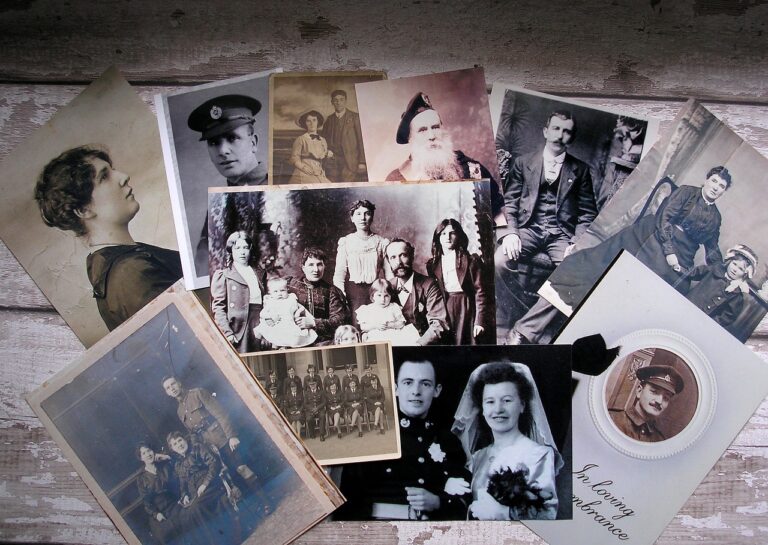Fashion and Social Justice Movements: Amplifying Voices Through Design
Fashion has long been recognized as a powerful form of self-expression and creativity. In recent years, it has also emerged as a tool for advocacy and social change. Designers and influencers are leveraging the reach and influence of the fashion industry to raise awareness about important issues such as sustainability, body positivity, and inclusivity.
Through their designs, campaigns, and runway shows, these individuals are sparking conversations and challenging societal norms. By incorporating messages of empowerment and social justice into their work, they are using fashion as a platform to advocate for a more inclusive and equality-driven world. This shift towards using fashion as a tool for advocacy highlights the industry’s potential to drive meaningful change and inspire action on a global scale.
The Intersection of Fashion and Social Justice Movements
Fashion has become a powerful platform for individuals and communities to raise awareness and advocate for social justice causes. Through clothing, accessories, and design elements, activists can make bold statements and spark important conversations about issues such as racism, gender equality, and environmental sustainability. By incorporating messages of empowerment and solidarity into their garments, fashion designers and influencers have the ability to promote positive change and inspire others to join in the fight for justice and equality.
In recent years, we have witnessed a rise in collaborations between fashion brands and social justice movements, showcasing a shift towards more inclusive and ethical practices in the fashion industry. From fundraising initiatives to creating collections that celebrate diversity and representation, these partnerships have helped bridge the gap between fashion and activism. By using their platforms to amplify the voices of marginalized communities, fashion brands have the opportunity to drive meaningful change and challenge the status quo in society.
• As fashion continues to intersect with social justice movements, it has the potential to bring about positive change and create a more inclusive industry.
• Through collaborations and initiatives, fashion brands can use their influence to shed light on important issues and advocate for equality.
• By incorporating messages of empowerment and solidarity into their designs, designers have the ability to inspire others to join in the fight for justice.
Historical Roots of Fashion Activism
Fashion activism, in its essence, dates back centuries when clothing was used as a form of protest and expression of societal narratives. From the Suffragettes donning white dresses as a symbol of purity and unity to the Black Panthers’ adoption of black leather jackets as a symbol of strength and resistance, historical movements have utilized fashion to amplify their causes. It is through the lens of historical contexts that we can appreciate the power of clothing as a conduit for social change and activism.
In the 1960s and 1970s, the emergence of counterculture movements saw individuals challenging mainstream norms through their sartorial choices. The hippie movement, for instance, embraced flowing garments, tie-dye patterns, and eclectic styles as a rejection of consumerism and a celebration of peace and love. This era marked a significant shift in the way fashion was used to challenge authority and promote alternative ideologies, setting the stage for the continued evolution of fashion activism in the decades to come.
What is fashion activism?
Fashion activism is the use of clothing and personal style as a means of advocating for social, political, and environmental change.
How can fashion be used as a tool for advocacy?
Fashion can be used to raise awareness, start conversations, challenge stereotypes, and promote messages of empowerment and social justice.
How have social justice movements intersected with the fashion industry?
Social justice movements have influenced the fashion industry by pushing for greater diversity, inclusion, and sustainability in the production and representation of clothing.
What are some historical roots of fashion activism?
Historical roots of fashion activism can be traced back to movements such as the civil rights movement, feminist movement, and LGBTQ+ rights movement, where clothing was used as a form of self-expression and resistance.







